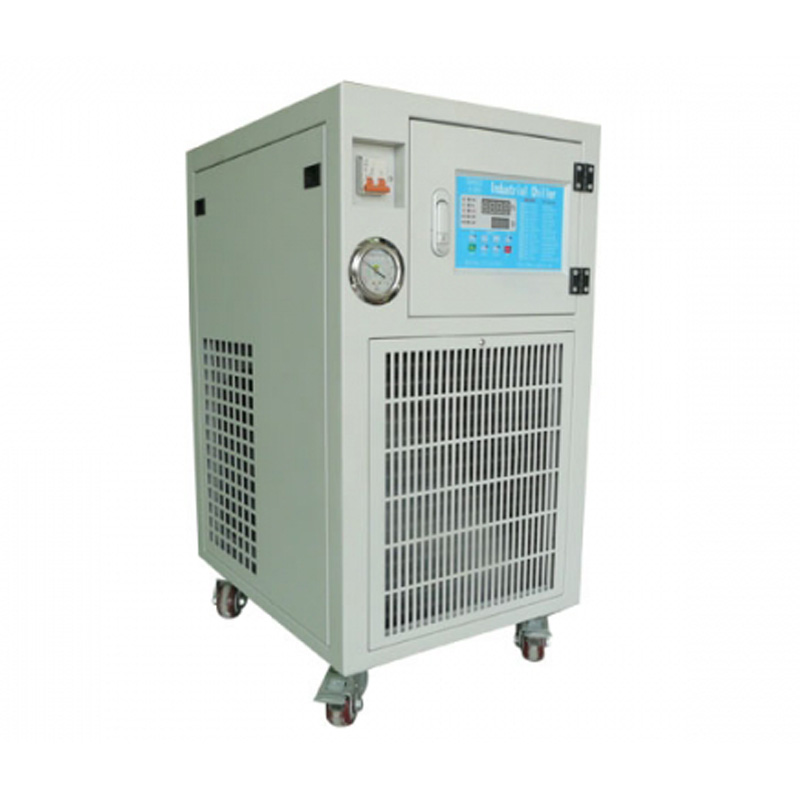Copyright © 2023 Guangdong Tongwei Machinery Co., Ltd. All Rights Reserved.
LinksSitemapRSSXMLPrivacy PolicyHow can industrial air-cooled chillers be adapted to industrial scenarios without water sources by leveraging their technological advantages?
2025-10-16
The industrial air-cooled chiller focuses on "waterless refrigeration and convenient installation" in terms of process. It adopts finned condensers combined with axial flow fans, achieving refrigerant condensation through forced air heat exchange without the need for external cooling towers. The machine body integrates core components such as compressors, evaporators, and throttling valves. During installation, it only needs to be connected to the power supply and load pipeline to start At the same time, the control logic of the fan speed is optimized. The air volume is automatically adjusted according to the condensing temperature, and the fluctuation of the cooling capacity is controlled within ±5%. These process designs enable industrial air-cooled chillers to break free from their reliance on water sources, making them suitable for scenarios with water shortages or where it is inconvenient to install cooling water systems.
In application scenarios, industrial air-cooled chillers are the preferred choice for cooling in waterless industrial environments. In outdoor containerized data centers, it provides a stable cold source for server heat dissipation, eliminating the need to build additional cooling waterways. In small plastic processing plants, industrial air-cooled chillers can cool injection molds, avoiding production disruptions due to insufficient water sources. In the cooling of mining equipment in remote areas, its feature of not requiring water sources can reduce transportation and maintenance costs and ensure the continuous operation of mining machinery.
With the diversified development of industrial scenarios, industrial air-cooled chillers are continuously optimizing their processes, such as adding an automatic cleaning function for dust-proof nets to reduce maintenance. In the future, it will further enhance heat exchange efficiency, reduce operating noise, provide more efficient refrigeration solutions for waterless and outdoor industrial scenarios, and promote the development of industrial refrigeration equipment towards "waterless and easy deployment".





